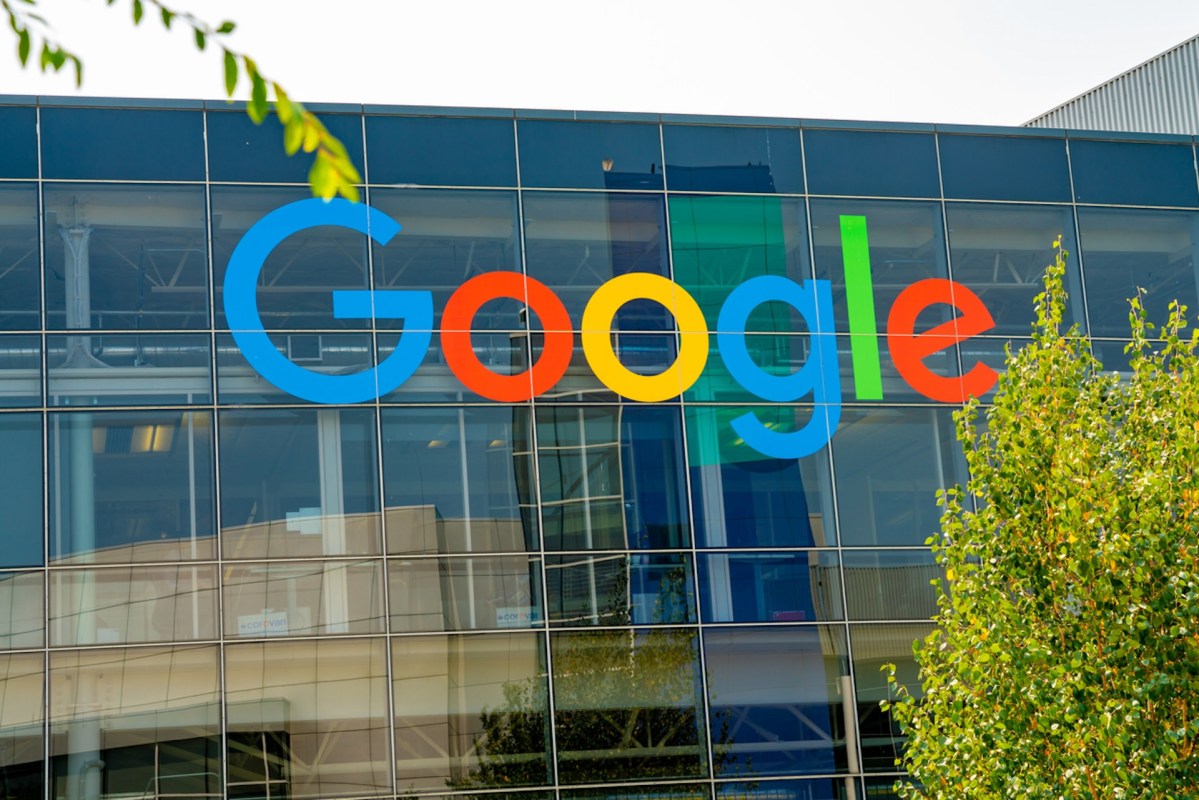Google's global footprint includes offices and data centers in over 200 cities, and the company has a goal to power them with carbon-free energy by 2030.
It's an ambitious objective for one of the world's largest businesses, which also hopes to lead the charge into humanity's clean-energy future by "accelerating the decarbonization of the world's electricity systems," Michael Terrell, senior director of energy and climate, wrote in a November blog post.
The missive highlighted Google's partnership with Houston-based geothermal energy startup Fervo Energy. The outfits joined forces in 2021 to develop the world's first-of-its-kind commercial geothermal power project in Nevada.
It features an 8,000-foot well that extends horizontally, a second well, and fractured rock, according to a companion video on the blog post. Cold water is pumped underground, through the fractures, "harnessing heat from the surrounding rocks along the way," the video's narrator says. The water flows to the second well, and "the heat is used to generate steam, which produces carbon-free electricity that flows into the local grid."
Fiber-optic cables track flow, temperature, and performance data, per the blog. The system began operating in November and powers Google Cloud's Las Vegas region, which includes data centers in Henderson and outside Reno, says the video.
Google "made an early bet on enhanced geothermal technology, which has the potential to give us access to always-on carbon-free energy," the narrator says, because solar panels and wind turbines are dependent on the sun and wind and can't collect energy 24/7.
Furthermore, Earth holds enough heat below its crust "to meet a significant portion of global energy demand," the video reports.
Terrell, citing the U.S. Department of Energy, stated that by 2050, geothermal energy could provide 120 gigawatts of "reliable, flexible generation capacity … and generate over 16% of the U.S.' anticipated electricity needs."
He touted the project's economical use of land and reliance on the skills, knowledge, and supply chains of other industries, specifically oil and gas; applauded the Biden and Harris administration's carbon-free energy goals; and promised to "advocate for policies that advance the clean energy transition."
The United States is the world leader in geothermal energy production, per the U.S. Energy Information Administration, and in September, Google announced a partnership with the nonprofit Project InnerSpace to expand the use and adoption of geothermal energy worldwide, according to the blog post.
It's already an option for some homeowners, including one family in Michigan, and Google's push could help make it more widely available.
"Together, we can accelerate advanced clean energy technologies and build the resilient, secure, cost-effective and fully decarbonized electricity grids that are needed to mitigate climate change and create a prosperous, carbon-free future for all," Terrell wrote.
Join our free newsletter for weekly updates on the coolest innovations improving our lives and saving our planet.









